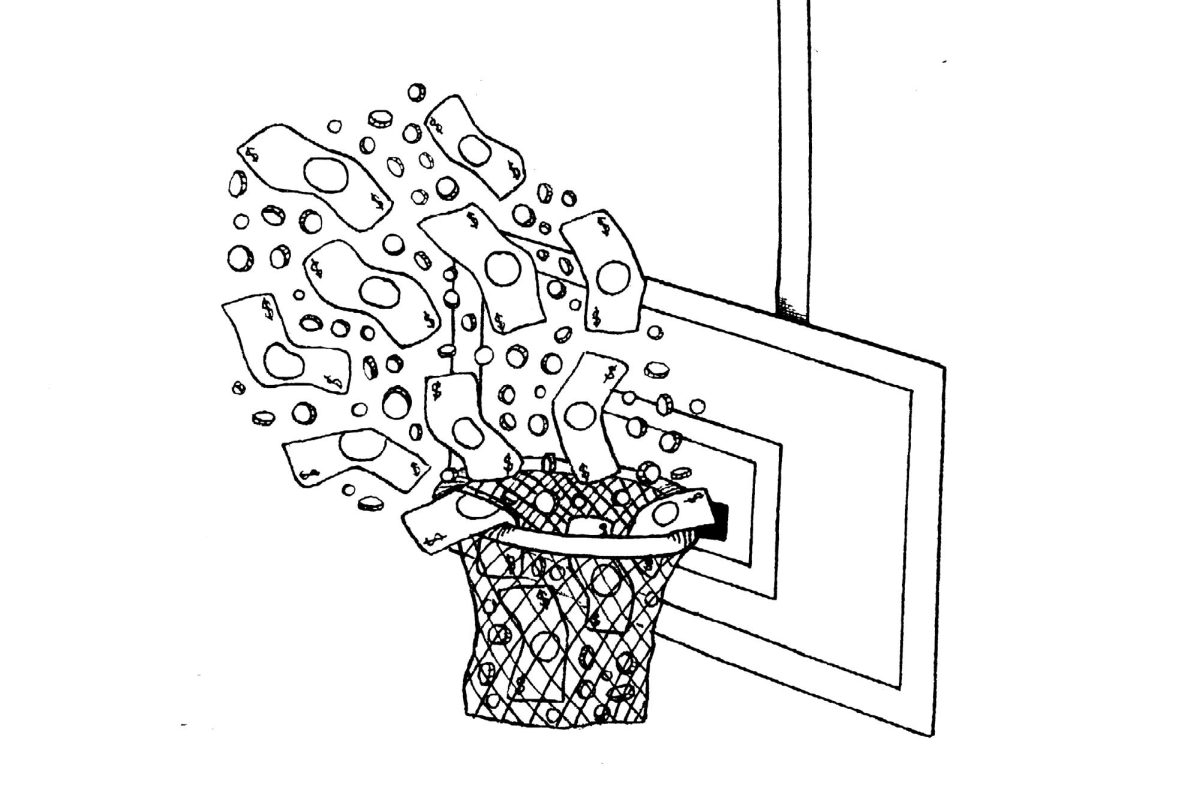Sandy Hook, Marjory Stoneman Douglas, Robb and countless others – for as long as the members of this editorial board have been alive, school shootings have cast a shadow over our education. And now, this violence has continued into our college years. Last Sunday, a student allegedly killed three and injured two other students at the University of Virginia as they returned from a field trip.
Our heart goes out to the family and friends of Devin Chandler, Lavel Davis, D’Sean Perry and everyone this terrible tragedy has affected. It has been impossible to grieve their deaths without looking to GW. Every school shooting, especially one so close to home and in which a student is a suspect, births ghastly “what-ifs” – could we be next?
In the aftermath of this incident – and after every school shooting – we’ve looked around to find the nearest entrances and exits of the places we frequent on campus, mapped escape routes from labyrinthian academic buildings and wondered whether the classroom door is strong enough to hold back an intruder. We are genuinely afraid to lose our lives and the people we love to similar acts of gun violence on GW’s campus.
The constant drumbeat of mass shootings has scarred an entire generation, and it truly feels as though there’s never a reprieve – a high school in Tenleytown went into lockdown Friday after reports of gunfire in the area. In August, a 15-year-old student shot and wounded two classmates at a school in Deanwood. And in April, a man wounded four people at a school in Van Ness, leading to a lockdown and search for the suspect. Between these incidents and the cycle of media coverage and political debate they generate, young people in the United States don’t know a time before “active shooter drills” and politicians’ ham-fisted offers of “thoughts and prayers” became routine.
From elementary to middle to high school and now to college, we are the first generation for whom these tragedies have become commonplace. We wore ribbons in 2012 after 26 people were killed at Sandy Hook Elementary School in Newtown, Connecticut. Since then, there have been 948 school shootings in the United States. In 2018, we organized walkouts and held vigils in memory of the 17 students and teachers killed at Marjory Stoneman Douglas High School in Parkland, Florida. And after 19 children and two adults were killed this May at Robb Elementary School in Uvalde, Texas, we demanded that our members of Congress finally do something about this scourge of violence.
And while we may have avoided the physical scars of gun violence, no one should feel that their classroom here at GW could become a crime scene. From walking back to their residence halls at night to simply sitting in class, students shouldn’t have to worry they’re in imminent danger at the hands of someone using a firearm.
GW and other universities may not be able to stop shootings before they start, but there are steps it can and should take to limit the harm they can create. GW offers discussion-based active shooter training to students, staff and faculty to prepare them to respond to a shooting, which is less traumatic than hyperrealistic scenarios, but this training does require a minimum of five participants and five days’ notice. Although instituting campus-wide drills would surely pose logistical and ethical challenges of its own, officials must ensure that more members of the University community know what to do if a shooting occurs. Stop the Bleed programs organized by local organizations and hospitals teach trainees to control bleeding by applying pressure to a wound, packing it with gauze and applying a tourniquet after a traumatic injury. Stocking buildings with kits that contain tourniquets, bandages and other medical equipment and training the GW community to use them would allow the University to place the proper precautions and safety measures in place.
GW should certainly invest in tangible solutions to gun violence, but our anxiety about mass shootings as young people will never go away. From the killing of 15 students at the University of Texas at Austin in 1966 to UVA last week, more than 90 people have died learning, teaching and working at universities in this country – 64 of those deaths occurred just between 2007 and 2015.
The members of the editorial board are personally horrified, shocked and frustrated by what happened at UVA and what has been happening across the country for decades now. We have friends and family who attend UVA. One of us has a parent who works minutes away from Sandy Hook, where the scars of tragedy still run deep. And another has a parent who is the assistant principal of an elementary school, where news of each school shooting sets off a pang of anguish. Our “what-ifs” aren’t empty hypotheticals. All of us have something at stake if, or when, the next school shooting happens. And statistically speaking, there will be a next one as we wait for a cycle of grief, sorrow and worry to set in motion yet again.
We know that it will take much more than active shooter training and trauma kits to stop gun violence. To that end, The Hatchet has published an array of pieces calling on public officials to take action against what feels like the defining issue of our time. As politicians vow to do something about school shootings in the face of public pressure, we also want to acknowledge that it’s okay to feel afraid, angry or just numb – we certainly do.
The editorial board consists of Hatchet staff members and operates separately from the newsroom. This week’s staff editorial was written by Opinions Editor Ethan Benn and Contributing Opinions Editor Riley Goodfellow, based on discussions with Research Assistant Zachary Bestwick, Sports Editor Nuria Diaz, Copy Editor Jaden DiMauro, Culture Editor Clara Duhon, Contributing Culture Editor Julia Koscelnik and Contributing Social Media Director Ethan Valliath.


